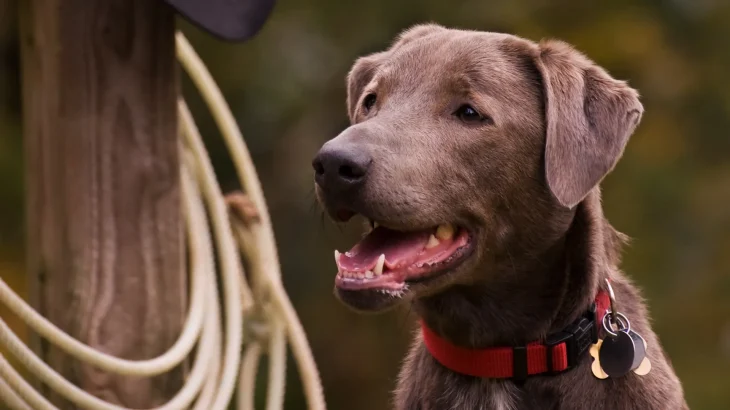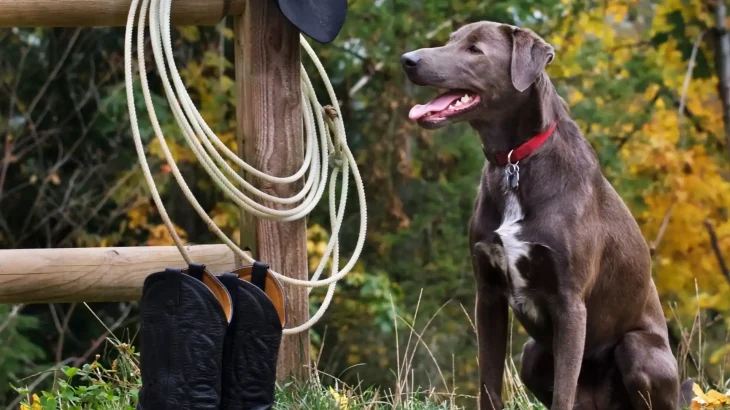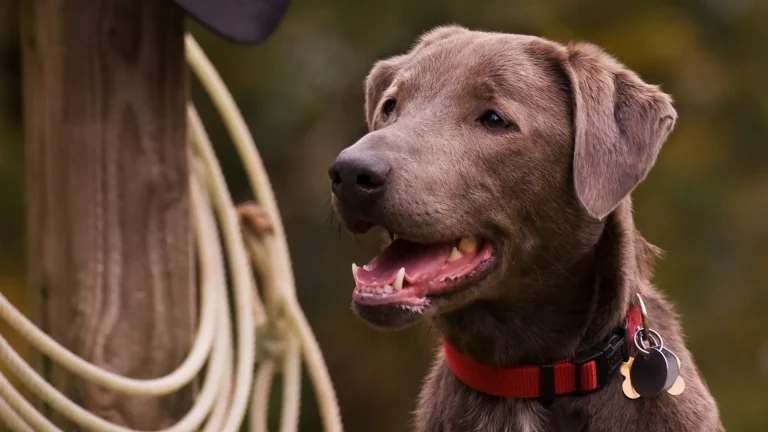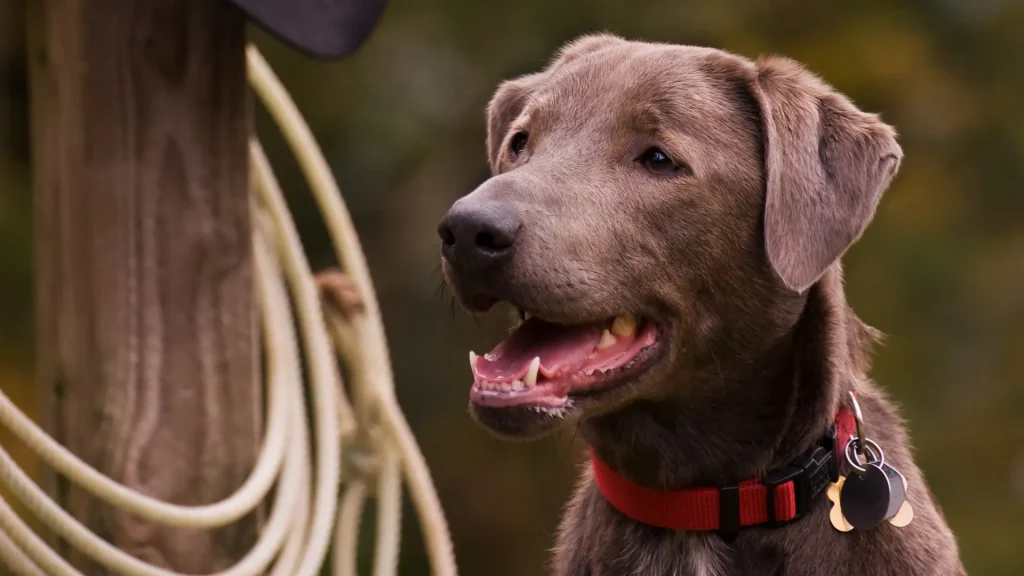Choosing between adopting a Blue Lacy puppy or purchasing one from a breeder depends on priorities like health transparency, cost, and ethics. Both options have unique benefits, but it's important to consider breed-specific health and lineage factors that shape your experience with the dog.
Adoption vs. Breeder: Pros & Cons
| Criteria | Buying from Breeder | Adopting from Shelter/Rescue |
|---|---|---|
| Cost | Typically higher upfront cost due to breed rarity and pedigree. | Generally lower fees, though Blue Lacies in rescues may be rare. |
| Health History | Access to detailed health records and potential genetic screening. | Health history may be less detailed or unknown. |
| Age Availability | Primarily young puppies, allowing shaping from an early age. | Varies; may find older dogs with known temperaments. |
| Temperament Insight | Breeders provide lineage-based temperament guidance. | May have behavioral info from shelter observations. |
| Ethical Considerations | Supporting responsible breeding preserves breed standards. | Giving a home to a dog in need supports animal welfare. |
| Breed Purity & Pedigree | Guarantees of purebred status and documented pedigree. | Breed purity may be uncertain or mixed. |


















































